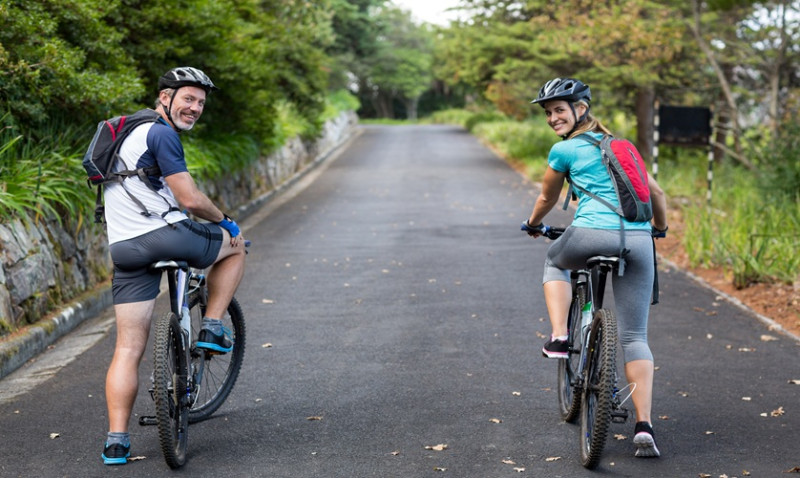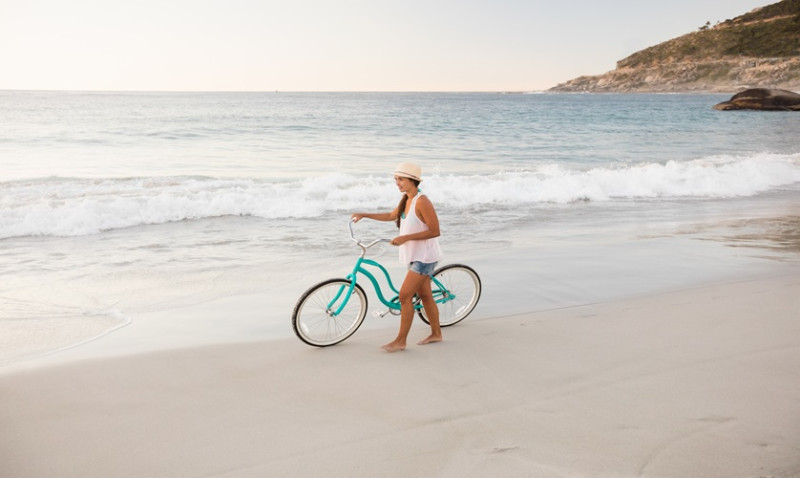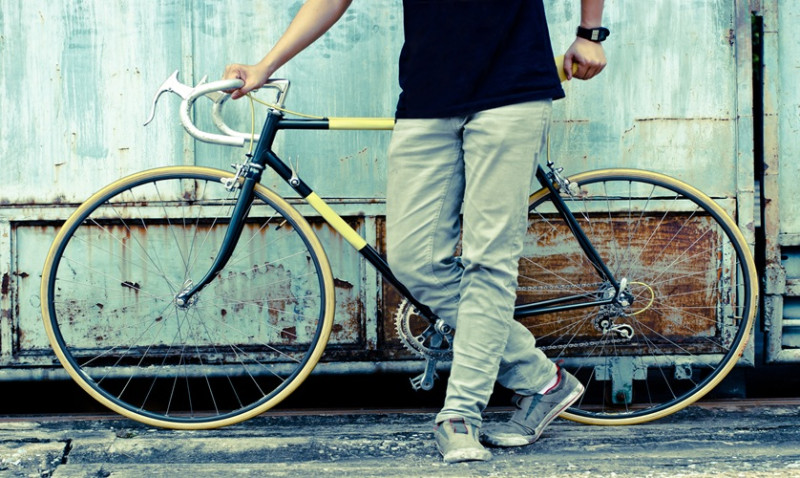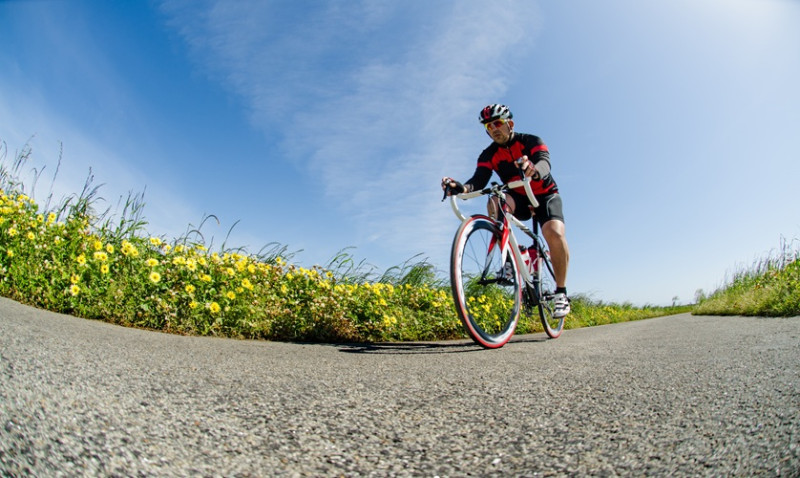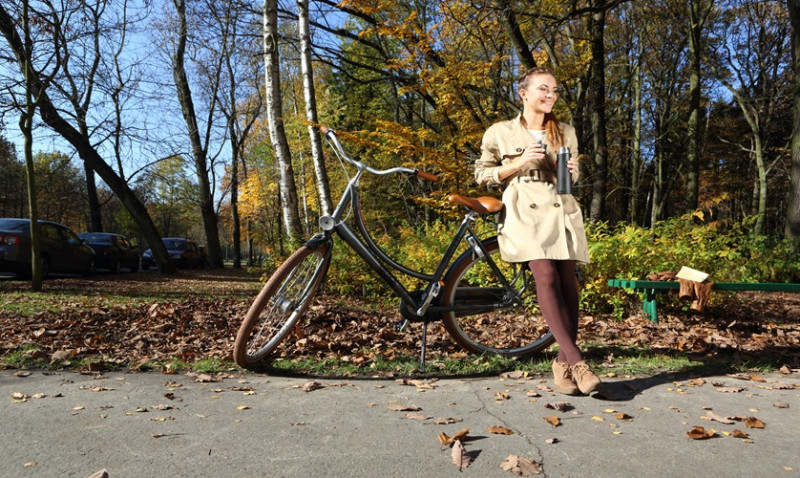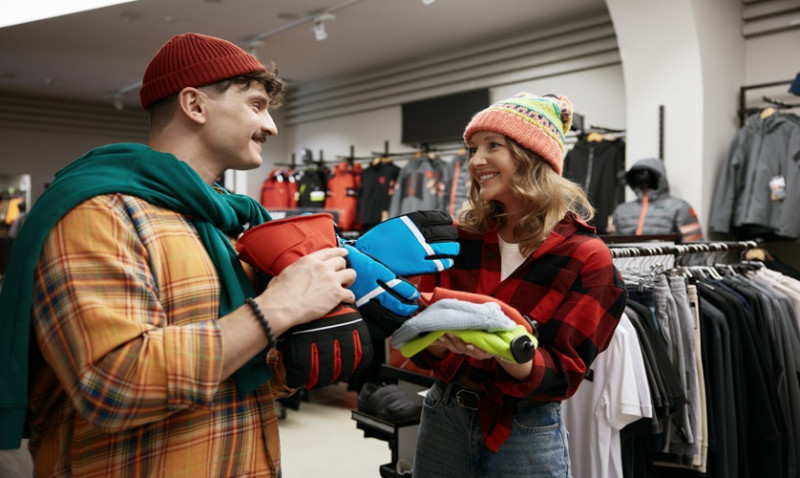
Whether you're a DIY enthusiast commuting to your next project, a young professional looking for a new way to stay fit, or an architect seeking weekend adventure, cycling is one of the best lifestyle choices you can make. But before you hit the road or trail, it’s essential to equip yourself with the right gear. Cycling isn’t just about owning a bike — it’s about ensuring safety, comfort, and performance. Here's a complete guide for every rider starting their cycling journey in the UK.
1. The Right Bicycle
First things first — you’ll need the right bike. This depends greatly on your purpose and the kind of terrain you’ll be cycling on. If you're commuting around the city, a hybrid bike is a great middle ground between performance and comfort. For road performance, a road bike with skinny tires and lightweight frames offers speed. If you're off to the countryside or winding trails, a mountain bike is the way to go.
Electric bikes (e-bikes) are also growing in popularity among professionals and tradesmen who want a sweat-free commute or some assistance on hills. They’re fantastic for longer rides across hilly terrain or urban landscapes.
When choosing your bicycle, be sure the frame size suits your height. A poorly fitted frame will not only slow you down but can cause injuries over time.
Most reputable UK bike shops, whether online or high-street, offer sizing advice and fitting guides, which are especially useful for first-timers or those ordering online.
2. Helmet
In the UK, while not legally required, wearing a helmet is strongly advised for all cyclists. It’s your first line of defence in case of an accident. Modern helmets are lightweight, well-ventilated, and often come with built-in LED lights or reflective decals — ideal for both city and country roads.
Look for helmets certified to UK safety standards (EN 1078), and make sure the fit is snug but comfortable. Adjustable chin straps and rear sizing dials are a bonus for a customised fit.
Some helmets even include MIPS (Multi-directional Impact Protection System), which reduces rotational forces in the event of a crash. Definitely worth considering for urban riders and weekend adventurers.
For added safety, you can also choose helmets with integrated visors or ones made specifically for commuting, often coming in sleeker styles with added rain protection.
3. Clothing & Accessories
Cycling clothing is more than just a fashion statement — it's specially designed to make your ride more comfortable and efficient. Start with a moisture-wicking jersey, padded cycling shorts to reduce saddle soreness, and gloves for better grip and vibration dampening.
In the UK climate, layering is the key. Invest in a quality waterproof jacket, especially for those unpredictable showers. Thermals and windproof gear are ideal for winter riding.
Hi-vis clothing and reflective strips are vital if you're riding at dawn, dusk, or during dark winter evenings. Many UK roads are less illuminated once you're out of town, so visibility is critical.
Don't forget about proper footwear. While you can ride in regular trainers, cycling-specific shoes with stiff soles offer more power efficiency, especially if you’re using clipless pedals.
4. Lights & Reflectors
UK law requires cyclists to have white front lights and red rear lights when riding at night. Reflectors on pedals, wheels, or rear mudguards are also recommended. More than just safety additions, modern LED lights are USB rechargeable, compact, and last for hours.
For city commuting or riding on well-lit streets, smaller lights that enhance your visibility to others are often enough. However, for rural or unlit roads, you’ll want powerful front beams with a wide spread.
Blinking rear lights and additional spoke reflectors increase side visibility — a wise choice during foggy mornings or twilight commutes.
Some lights even feature brake-detection technology — increasing brightness when you slow down — adding an extra layer of safety, especially on busy urban roads.
5. Repair & Maintenance Kit
Your journey doesn’t end with buying a bike — keeping it in top condition is essential for performance and longevity. You don’t need to be a full-time mechanic, but having a basic repair kit at the ready is smart planning, especially for DIY-mindset riders in the UK.
Every beginner’s kit should include:
- Spare inner tube
- Set of tyre levers
- Multi-tool (with Allen keys and screwdriver heads)
- Mini pump or CO2 inflator
- Puncture repair patches
A saddle bag or under-seat pouch is a convenient way to carry these essentials without weighing down your pockets or backpack.
Also, learning basic maintenance like checking your tyre pressure, lubricating the chain, and adjusting brakes will go a long way in keeping your bike running smoothly. Lots of local cycling clubs and shops offer one-day DIY maintenance workshops across the UK.
6. Bike Lock
If you’re parking in public — even for five minutes — a strong lock is non-negotiable. In urban areas like London, Manchester, or Glasgow, bike theft rates can be high, so invest in a quality lock graded by Sold Secure (a UK accreditation standard).
D-locks (U-locks) provide robust security, especially when combined with a secondary cable lock to protect wheels and saddles. Chain locks offer more flexibility for odd-shaped racks or railings.
Try to lock your bike to immovable, solid street furniture, and avoid secluded areas. Always secure both the frame and wheels, even if locking just for a short errand.
Some modern locks come with Bluetooth compatibility, motion alarms, or GPS tracking — worth exploring if you regularly leave your bike unattended in busy areas.
7. Storage Solutions
How and where you store your bike matters, especially if you live in a flat or a property without a garage. Wall mounts, vertical racks, or even ceiling hoists can help make the most of small spaces.
Weather-resistant covers are ideal if you must store your bicycle outdoors, protecting it from the damp UK climate and discouraging superficial rust or fading paintwork.
For tradesmen or professionals with vans, there are also secure transport mounts that ensure your bike won't roll around or get damaged between job sites.
8. Optional Tech & Gadgets
While not absolutely essential, some cycling tech can dramatically improve your riding experience. GPS bike computers or smartphone handlebar mounts let you track routes, speed, and fitness progress — especially helpful if you're exploring rural backroads or training regularly.
Smartphone apps like Komoot, Strava or Trailforks are especially popular within the UK for discovering new routes and connecting with fellow enthusiasts in your area.
Bluetooth-enabled gadgets like cadence sensors or smart lights that respond to motion or daylight can enhance your rides both practically and functionally.
Summary: Essential Cycling Gear for Beginners
| Item | Description | Estimated Cost |
|---|---|---|
| Bicycle | Choose a road, mountain, hybrid, or e-bike depending on intended use | £300 - £3,000+ |
| Helmet | Lightweight and certified; optional MIPS for extra safety | £30 - £100 |
| Clothing | Includes padded shorts, wicking tops, hi-vis and waterproof gear | £50 - £200 |
| Lights & Reflectors | Legally required when cycling at night, rechargeable options recommended | £20 - £80 |
| Repair Kit | Inner tube, tyre levers, tools, pump | £20 - £50 |
| Bike Lock | Sold Secure rated for urban and rural use | £25 - £70 |
| Storage | Wall mounts, bike covers, van brackets | £10 - £100 |
| Optional Tech | GPS, apps, smart lights, cadence sensors | £30 - £250+ |
Getting Started
Once you've gathered the essentials, the UK has a rich cycling culture waiting for you. From the serene Lake District lanes to the urban cycle corridors of London, there's no shortage of exciting and scenic routes to explore. Joining a local cycling club or online UK cycling forums can provide tips, motivation, and even route planning support tailored to your needs.
Starting your cycling journey can feel overwhelming at first — but with the right gear and a bit of planning, you’ll enjoy safer, smoother and more enjoyable rides whether you're commuting to jobsites or exploring at the weekend. Remember, quality gear doesn't have to be expensive — it just needs to be fit for purpose and suited to your riding style.
Find your rhythm, enjoy the ride, and pedal on!
